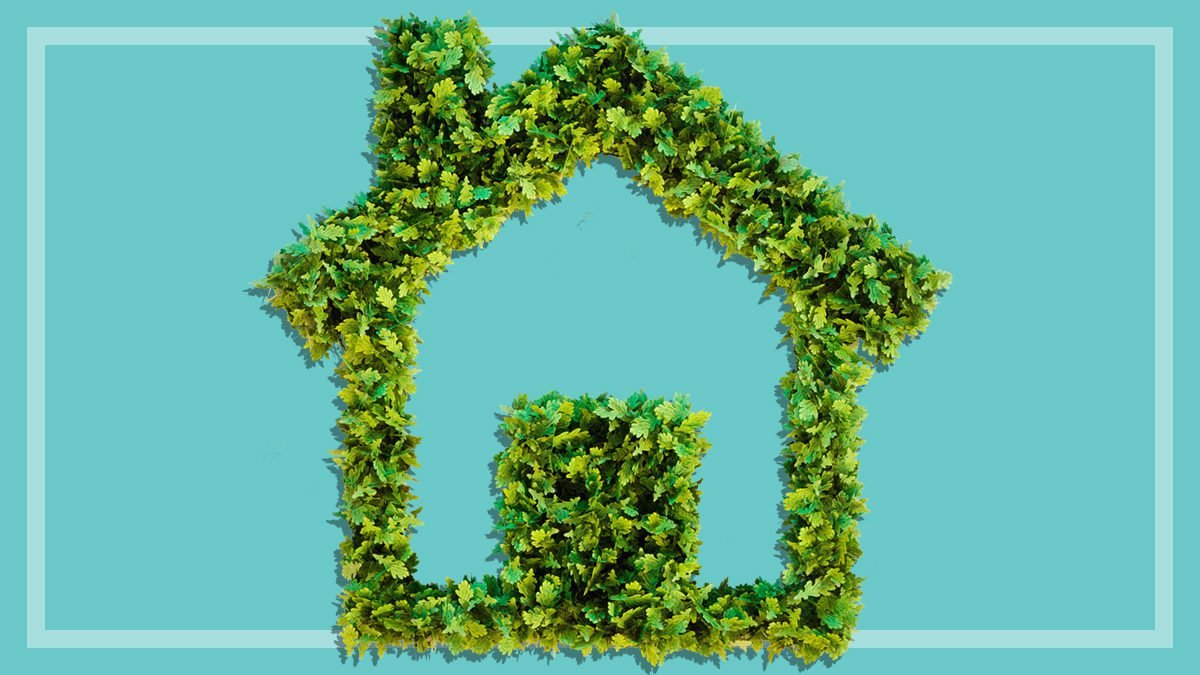
Cutting Down On Bills And Carbon Footprint: Home Energy Efficiency Tips
A sustainable lifestyle that prioritizes environmental responsibility is no longer just a trend but a crucial necessity. Therefore, you have to take the necessary steps towards it. One of the best ways to contribute towards saving nature is by focusing on home energy efficiency.
By consciously optimizing energy usage within your homes, you can significantly impact the environment while reaping personal benefits, such as reduced utility bills and enhanced comfort. Moreover, exploring electricity deals specifically designed for energy-efficient homes can further amplify your savings and environmental contributions. In this context, adopting a home energy-efficient lifestyle becomes essential to a greener and more sustainable future.
However, taking the right direction can be overwhelming with so many options available. To help you, we have curated a list of tips to make the journey simpler and more manageable.
So, read to the end!
Table of Contents
ToggleConduct an Energy Audit
Conducting an energy audit is essential before utilizing the tips for energy efficiency. This crucial step involves evaluating your home’s energy consumption to identify improvement areas.
Start by assessing energy-consuming systems, such as HVAC, lighting, and appliances, to identify potential inefficiencies. Monitor energy usage patterns and consider installing smart meters or energy monitoring devices for accurate data. Implement energy-saving practices like using energy-efficient lighting and programmable thermostats. Moreover, replacing outdated appliances with energy-efficient models can lead to substantial savings.
To effectively document the energy audit findings and promote awareness about energy-saving measures, consider saving the audit report as a PDF and converting it to JPEG. This conversion enhances accessibility, making it easier for a wider audience to view and understand the report. If you’re unsure how to use a save pdf as jpeg file, there are various online resources available to assist you. Embracing this efficient approach can lead to a better-informed community, encouraging everyone to participate in energy conservation initiatives.
10 Tips To Lower Bill And Carbon Footprints
Upgrade to LED Lighting
One of the simplest yet most effective steps you can take is upgrading to LED lighting. These energy-efficient bulbs have proven to be a game-changer in home illumination. LED bulbs last longer, consume less energy, and emit less heat than traditional incandescent bulbs. This results in a remarkable reduction in electricity consumption and translates to substantial cost savings in the long run.
LEDs come in various colors and styles, allowing you to customize your lighting according to your preferences and needs.
Invest in Energy-Efficient Appliances
When optimizing your home’s energy efficiency, investing in energy-efficient appliances is an investment that pays off in multiple ways. Appliances with an ENERGY STAR label are designed to consume less energy while delivering exceptional performance.
Look for modern refrigerators, air conditioners, washing machines, and dishwashers with advanced technologies like variable-speed compressors and inverter motors. Choose models with efficient insulation and smart features that optimize energy usage. Energy-efficient appliances contribute to a greener environment and lead to substantial long-term savings while providing the same functionality as traditional counterparts.
Proper Insulation is Key
A well-insulated home is the foundation of energy efficiency. Proper insulation prevents heat loss during winter and keeps your home cooler during the scorching summer months. Insulated walls, floors, and attics ensure your heating and cooling systems operate optimally without unnecessary energy wastage.
Insulation also provides acoustic benefits, reducing noise pollution inside the house. It leads to substantial energy savings in the long term, making it a wise investment for your pocket and the planet.
Programmable Thermostats for Efficient Heating and Cooling
Programmable thermostats are efficient for managing heating and cooling in homes and buildings. These devices allow users to schedule temperature adjustments based on their daily routines, ensuring optimal comfort while reducing energy consumption. By automatically lowering temperatures when occupants are away or asleep and raising them when needed, programmable thermostats help save energy and lower utility costs.
Some models even have smart features, enabling remote access and control via smartphones or other devices. This flexibility allows users to fine-tune temperature settings, respond to weather changes, and adapt to seasonal variations more effectively. Investing in programmable thermostats is an eco-friendly and cost-effective way to enhance climate control while minimizing the environmental impact of heating and cooling systems.
Use Natural Light and Ventilation
Making the most of natural light is both environmentally friendly and economically sound. Natural light and ventilation during daytime hours reduce your reliance on artificial lighting and cooling systems. Keep your curtains and blinds open to let sunlight in, brightening your living spaces without consuming electricity.
Additionally, opening windows and allowing fresh air to circulate naturally cools your home, decreasing the need for air conditioning. Embracing these practices will enhance energy efficiency and create a more inviting and comfortable living environment.
Energy-Efficient Landscaping
Your outdoor space also plays a role in home energy efficiency. It involves strategic planning and design to optimize outdoor spaces while reducing energy consumption. Planting trees, shrubs, and vines strategically around a property can provide natural shade, reducing the need for excessive air conditioning during hot seasons. Deciduous trees can also offer shade in the summer and allow sunlight through in the winter when they shed leaves. Creating windbreaks with trees and bushes can help protect a property from cold winds, thus reducing heating demands.
Additionally, using native and drought-resistant plants minimizes water usage for irrigation. By adopting energy-efficient landscaping practices, you can create beautiful outdoor environments that not only conserve resources but also contribute positively to the area’s overall sustainability and environmental health.
Water Conservation
Water conservation is a crucial practice that involves responsibly managing and preserving water resources to mitigate water scarcity and promote sustainability. Implementing water-saving measures like fixing leaks, installing water-efficient fixtures, and using rainwater harvesting systems helps minimize water wastage. Limiting excessive water usage during household activities such as washing dishes, doing laundry, and bathing contributes to conservation efforts.
By adopting these practices, individuals and communities can play an essential role in preserving this precious resource, ensuring a more resilient and water-secure future for humans and the environment.
Renewable Energy
Renewable energy is derived from naturally replenished sources, such as sunlight, wind, water, and biomass. Unlike fossil fuels, which deplete over time and contribute to environmental pollution, renewable energy offers sustainable alternatives that reduce greenhouse gas emissions and combat climate change.
By harnessing these sources, you can significantly reduce the carbon footprint, combat climate change, and improve air quality. Renewable energy enhances energy security, as it is locally available and less susceptible to price fluctuations. It fosters technological advancements and job creation in the renewable energy sector, contributing to economic growth and resilience. Embracing renewable energy helps diversify our energy mix, enhances resilience against energy crises, and fosters a greener, healthier planet for present and future generations.
Unplug and Power Down
“Unplug and Power Down” is a simple yet effective energy-saving mantra. By unplugging electronic devices and appliances when not in use and powering them down completely, you can reduce “phantom” or “standby” power consumption. Many devices continue to draw power even when turned off or on standby mode, contributing to unnecessary energy waste and higher electricity bills.
By forming a habit of unplugging chargers, small appliances, and electronic gadgets when not needed, you can make a significant impact on your energy consumption and carbon footprint. Additionally, powering down computers and other equipment at the end of the day saves energy and extends their lifespan. Embracing this practice is an easy step towards a more sustainable and eco-friendly lifestyle.
Educate and Involve Your Family
Last but not least, creating an energy-efficient home requires a collective effort from everyone living in it. Educate and involve your family members in adopting greener practices. Teach them about energy-saving habits, such as turning off lights when leaving a room, conserving water, and using appliances mindfully.
Encourage open discussions about sustainability and the positive impact of these practices on the environment. When everyone is on board, the journey towards a more energy-efficient and eco-friendly home becomes enjoyable and rewarding.
Closing Lines
Embracing these practices not only benefits your wallet but also supports environmental conservation efforts. So, start today and be a part of the positive change toward a more energy-efficient and environmentally responsible lifestyle.
Together, we can build a brighter and cleaner world for ourselves and future generations.
Infographic Provided By Solar Panel Installation Washington DC Company, Sunburst Solar





